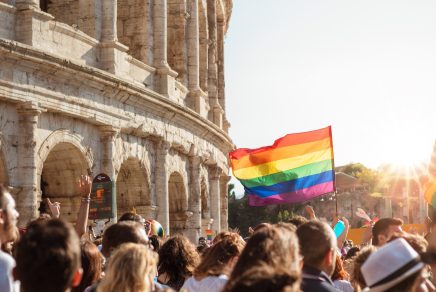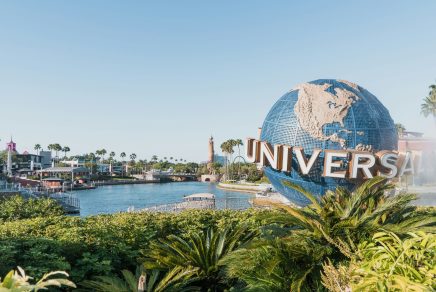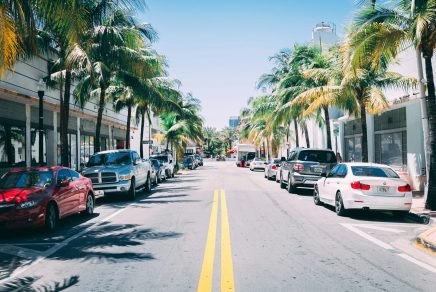There’s no telling what’s real and what isn’t in the tales of Ocean Drive. The famous street, which is always at the top of the list of things to do in Miami, has been the subject of the wildest rumours, but also of very real extravagance. While everyone seems to be talking about the Art Deco it’s now associated with, that wasn’t always the case.
Here’s a glimpse into the history of one of the most legendary streets in Miami, as discovered during a guided walking tour organized by the Miami Design Preservation League.
What’s the history of Ocean Drive?
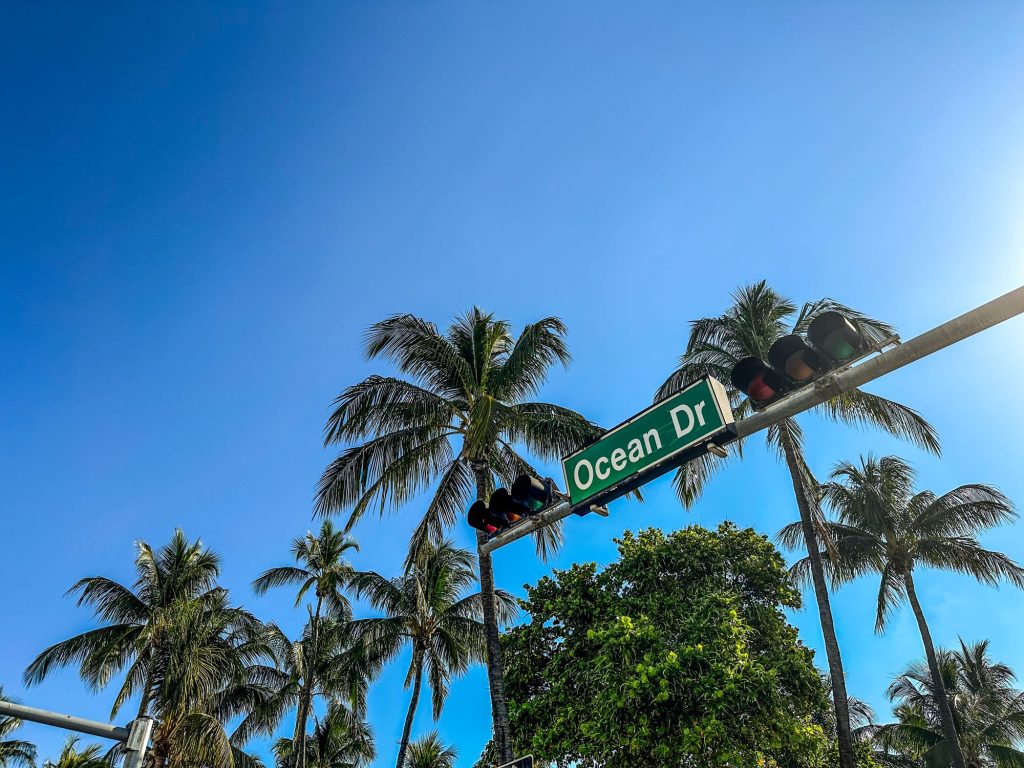
First, a bit of geography. Ocean Drive is located in the South Beach neighborhood of Miami Beach, which is a city in its own right. Decades before the city was given its name, farmers came to the area to plant coconuts, which were quickly eaten by rabbits or rats – the story varies depending on who’s telling it. Then came the arrival of the railroad in 1896, which made it easier to get to.
But the man who saw the potential of Miami Beach was Carl Fisher, a successful automobile and real estate entrepreneur. Having built the first transcontinental highway between New York and San Francisco in 1913, many questioned whether he would build an expressway between Indiana and Miami Beach. And he did! As a result, the population of the city grew by 440 percent between 1920 and 1925. Unfortunately, by 1926, the tables had turned. Literally – Fisher watched as his piece of paradise was wiped out by a hurricane. Soon after, the Great Depression took care of the rest. Miami Beach was no longer the place that dreams were made of.

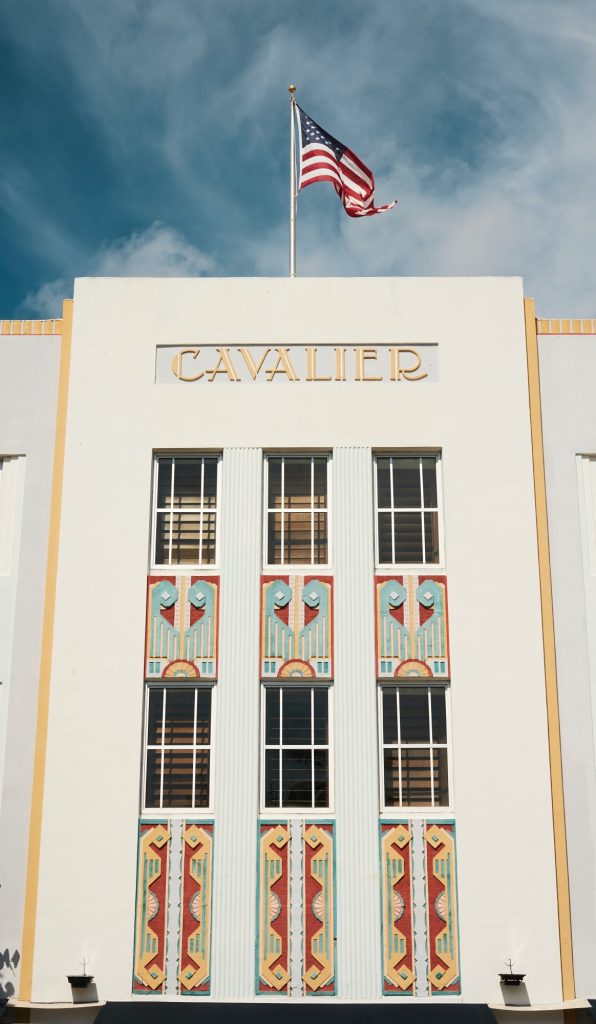
The architecture of Ocean Drive
In the 1950’s, war veterans began to return to the area. Most of the buildings had been constructed in a hurry and were of poor quality. “It was in the 1960s that we started to talk about Art Deco,” says Mark, a tour guide with the Miami Design Preservation League. “We used to just say ‘modern. There was a lot of art deco in New Zealand, too, where there was a lot of rebuilding after a natural disaster. Miami Modern was a lot like mid-century modern.”
According to Miami off-road guide Heloise Collins, “It was Le Corbusier, who loathed Art Deco, who, in a series of articles about the 1925 Exposition, pejoratively coined the name of the style.” His hatred of the style persisted to the end of his life, “but the name stuck.”
Today, Ocean Drive still has the look and feel of a movie set. While the facades are well-preserved, the interiors sometimes bear no resemblance to Art Deco. Still, the photogenic beauty of its colourful buildings makes it a must-see on any trip to the Miami area.
Miami Beach, underground city
Miami Beach had a reputation as a cutthroat town for a long time. Today, evidence of a time when gambling and drinking were done in secret can be found in the terrazzo floors of some of the hotels. The shapes that can still be seen on the floor were no coincidence: each one had a meaning. According to the Miami Design Preservation League tour guide, “The arrows pointed to the illegal gambling halls. The organized crime was very well organized!”
In 1976, Barbara Baer Capitman founded the Miami Design Preservation League, which cataloged all the buildings for protection. But it was the filming of the cult series Miami Vice in the 1980s that brought the city back into the public spotlight. “Don Johnson dressed to match the buildings,” recalls Héloise Collins.
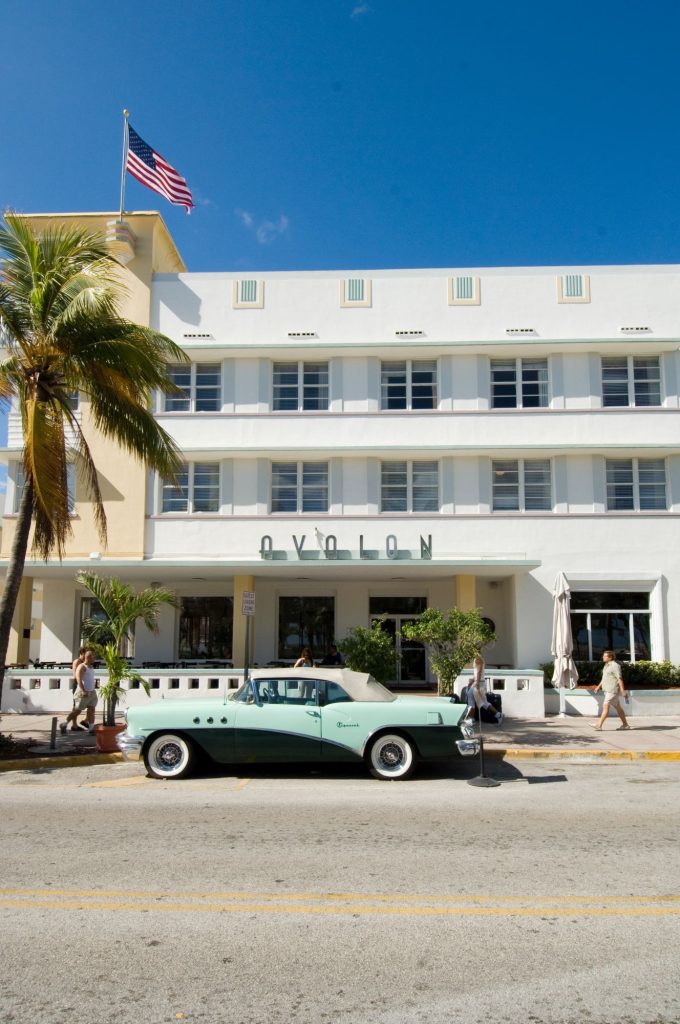
Gianni Versace in Miami Beach
Another icon of the 1980s, Gianni Versace, one of those who infused the series with their sense of style, also helped establish Ocean Drive as a popular symbol. Inspired by Neo-Mediterranean palaces, Casa Casuarina, where he lived from 1992 to 1997, stands out from the facades of Art Deco hotels. Designed in the 1930s by architect Alden Freeman, son of the treasurer of the Strandard Oil Company, the opulent residence, to which Versace added the adjoining Revere Hotel in 1993, is now a 10-suite hotel.
Getting around Miami
It’s easy to travel around the city by public transit, but you can also take a taxi to some of the more remote areas.
Miami is connected to several Florida cities by the Brightline high-speed train.
